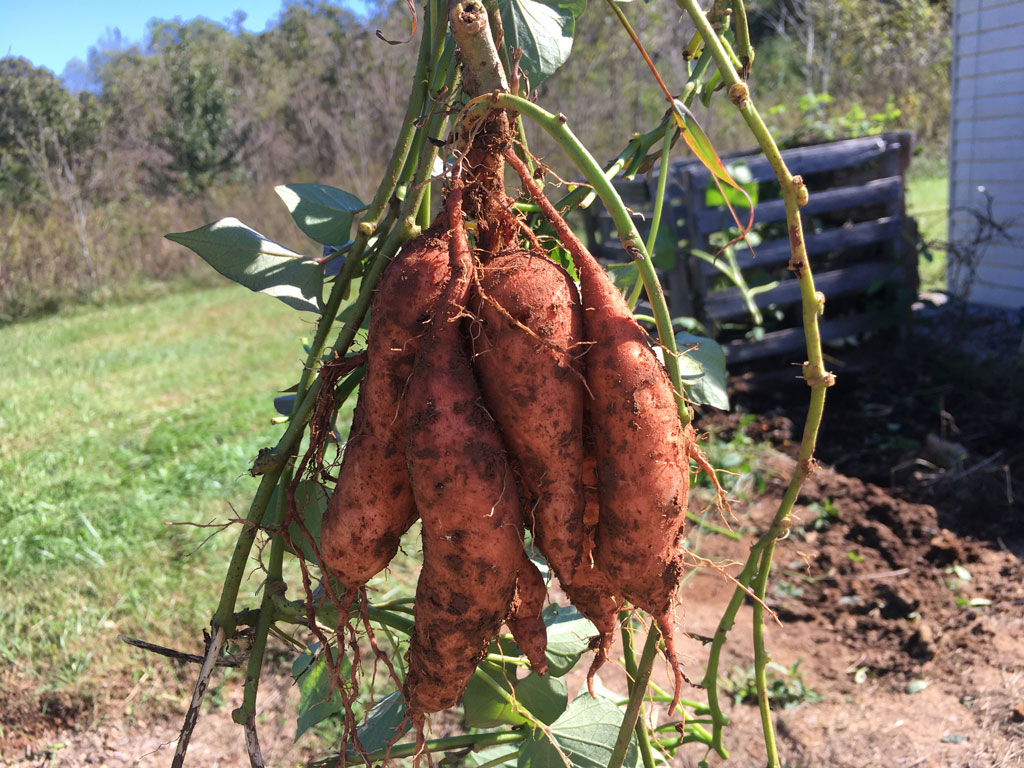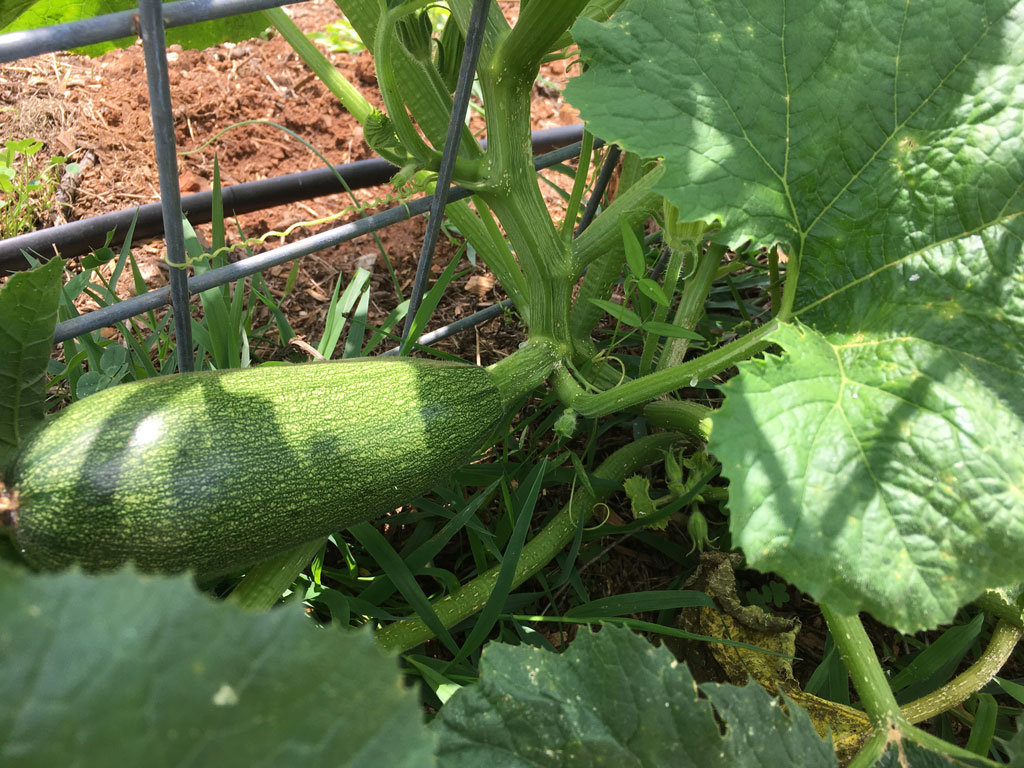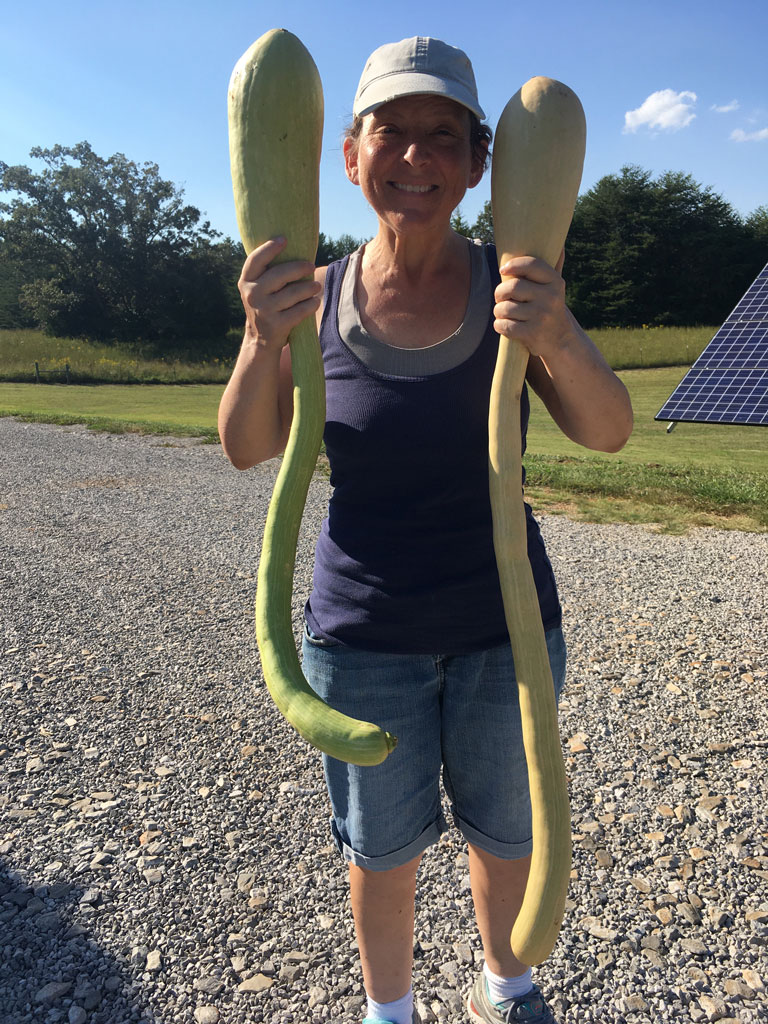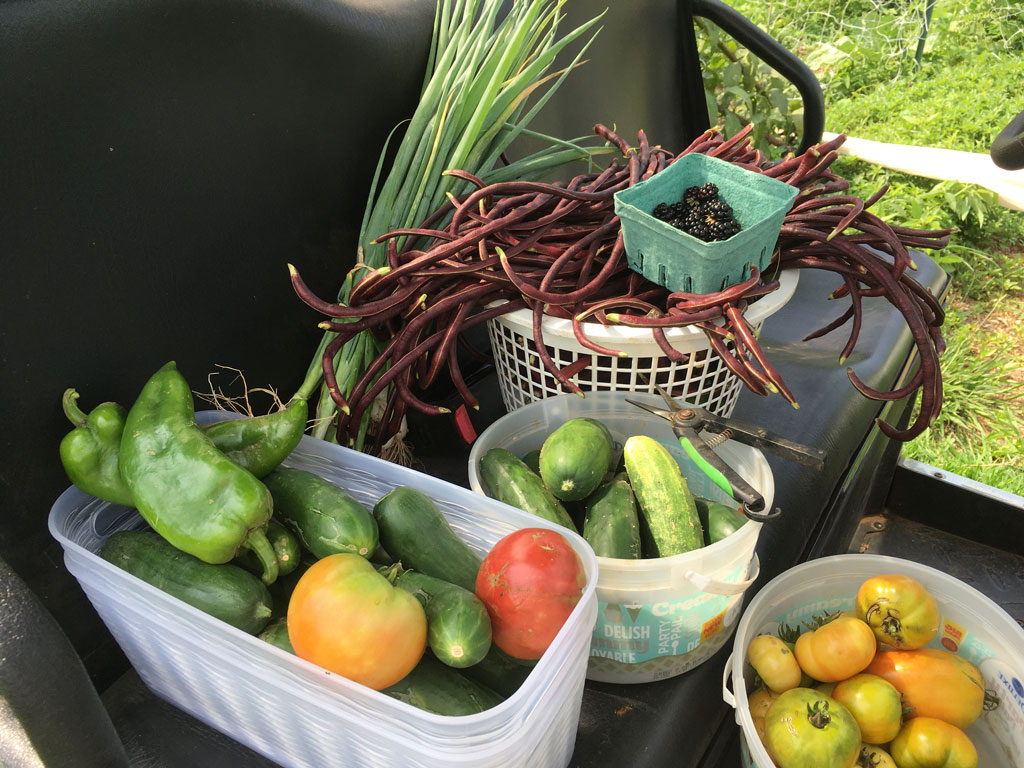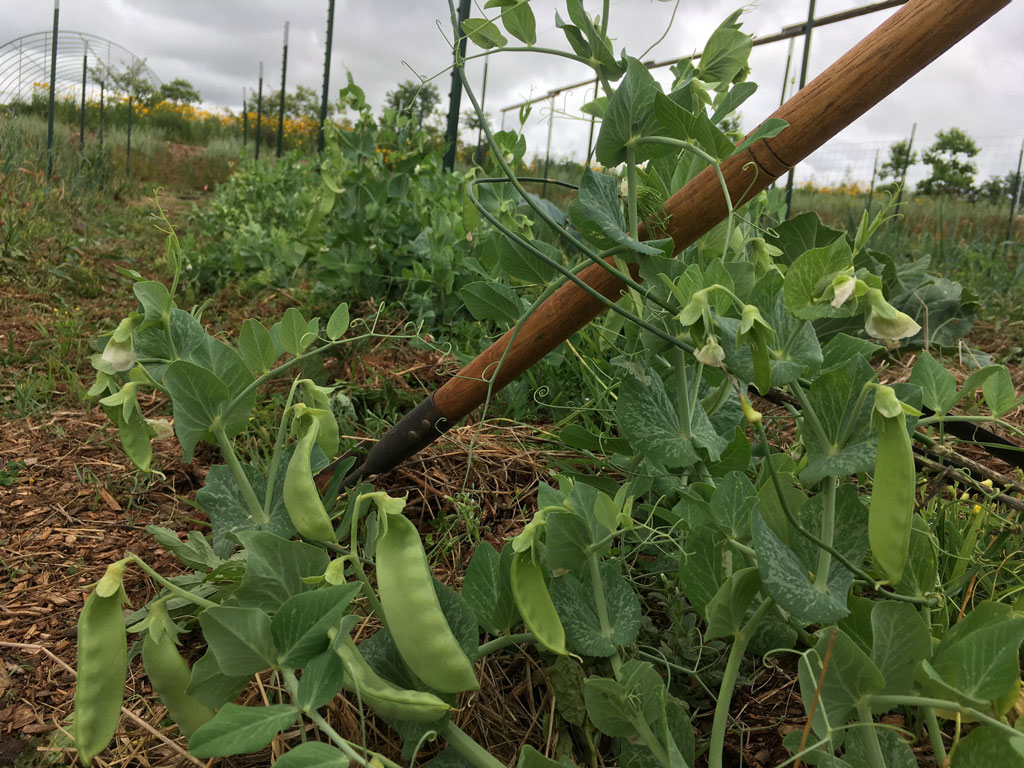| Scientific Name | Solanum tuberosum |
| Growing Days | 120 |
| Varieties We Grow | Yukon Gold, Kennebec, Red |
| Growing Notes | Plant cut potatoes that have 1-2 eyes on them. Hill potatoes by mounding them with soil or mulch so the potatoes aren’t exposed to any light. |
| Battle of the Bugs | Colorado Potato Beetles! We hand pick them off of the leaves and try to smush the eggs before they create the next generation. It’s a battle! |
| Fun Fact | Potatoes are in the same family as tomatoes…nightshade. Bonus fun fact…new potatoes are really just immature potatoes. When the plant flowers, the new potatoes are generally ready to harvest. Leave ’em alone and they’ll get bigger! |
| Don’t Waste It! |
Bake, roast, boil…yum yum yum! |
